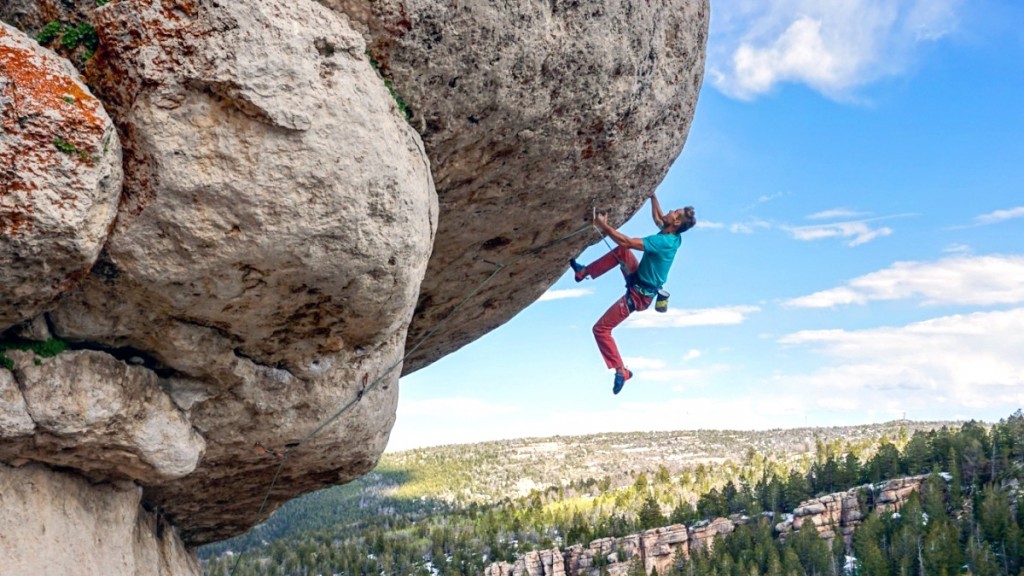Climbing is not just about making your fingers stronger or learning to dyno. To become really good and not to get hurt, climbers need to train their whole body and mind. Two important things that people forget are cross-training and recovery climbing. These help very much. It does not matter if you climb rocks on weekends or are serious about ropes and walls . Using these two things can make you climb better, last for a long time and have more fun.
What Is Cross-Training in Climbing?
Cross-training means doing exercises which are not climbing but still help you to climb better. These exercises work on different muscles, ways of moving and how your body uses energy and other things at which normal climbing does not focus.
Why Cross-Training Matters for Climbers
Climbing uses your whole body but it mostly works specific muscles like forearms, shoulders and back. If you do not balance this then it can cause problems such as some muscles getting too strong while others stay weak and you might get hurt from overuse and your progress can stop. Cross-training helps you in:
-
Make your whole body stronger and less tired
-
Lower the chance of pain from doing the same moves too much
-
Help you move more easily and stretch farther
-
Make opposite muscles stronger
-
Keep your mind fresh and excited to climb
What are the Best Cross-Training Activities for Climbers
1. Yoga and Mobility Work
Recommended Practice: 2–3 times per week for 30–60 minutes.
2. Running or Cycling
Recommended Practice: 2–4 times per week for 20–45 minutes.
3. Weight Training
Recommended Practice: 1–2 full-body sessions per week using functional lifts
4. Swimming
Recommended Practice: 1–2 times per week for 20–30 minutes.
5. Pilates or Core Workouts
Recommended Practice: 3–4 short core sessions per week.
What Is Recovery Climbing?
Recovery climbing is a way to help your body to heal by climbing very lightly. You are not trying to climb harder or get stronger just moving gently to recover. It is all about easy movement and not about hard work.
Why Recovery Climbing Is Important
-
It Brings more blood to the tired muscles so that they can heal faster
-
Keeps your joints and tendons to moving well
-
Helps you practice climbing movements very correctly
-
Stops your body from getting stiff when resting
-
Gives your mind a rest from hard climbing
How to Structure a Balanced Climbing Week
|
Day |
Activity |
|
Monday |
Strength training + core workout |
|
Tuesday |
Hard climbing session (projecting) |
|
Wednesday |
Recovery climbing or yoga |
|
Thursday |
Technique-focused climbing + core |
|
Friday |
Cross-training (run or swim) |
|
Saturday |
Outdoor climbing or another hard session |
|
Sunday |
Rest or recovery climbing/yoga |
Conclusion
Cross-training and recovery climbing are not the extra options, even though they are essential for good climbing training. When you do these you make your entire body stronger, keep your muscles balanced and help your body recover properly. This helps you climb better, feel healthier and avoid injuries.
